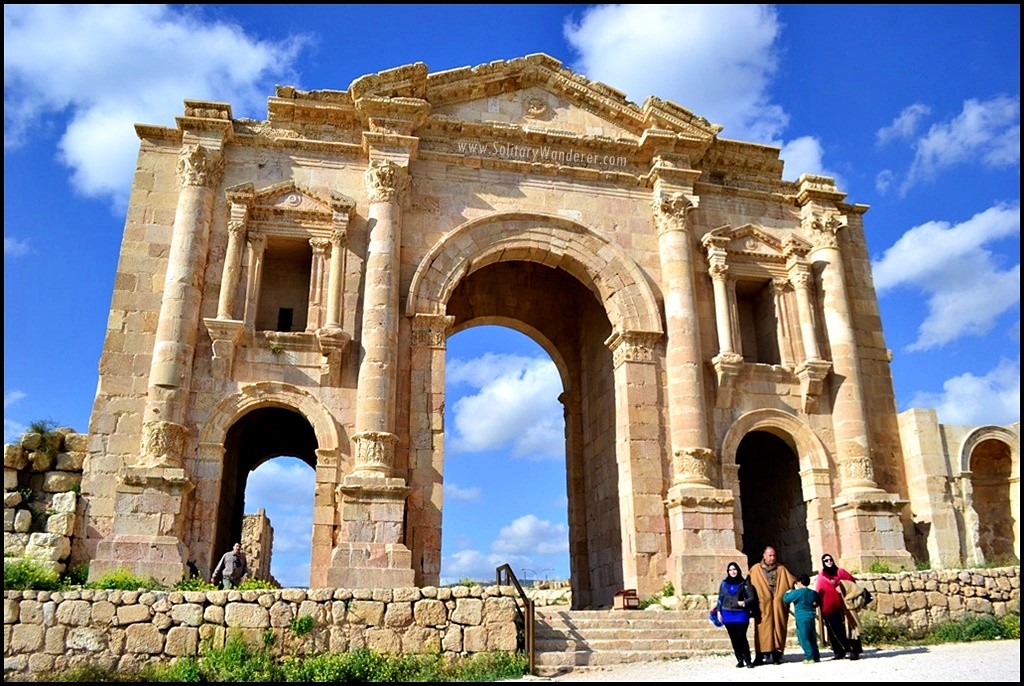
This website uses cookies so that we can provide you with the best user experience possible. Cookie information is stored in your browser and performs functions such as recognising you when you return to our website and helping our team to understand which sections of the website you find most interesting and useful.
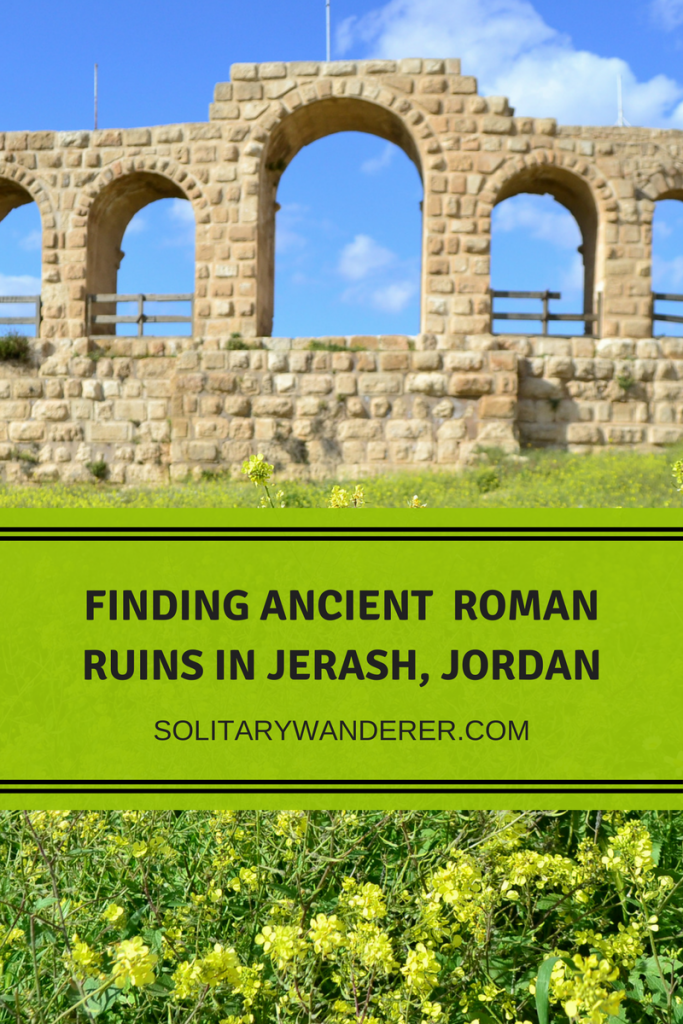
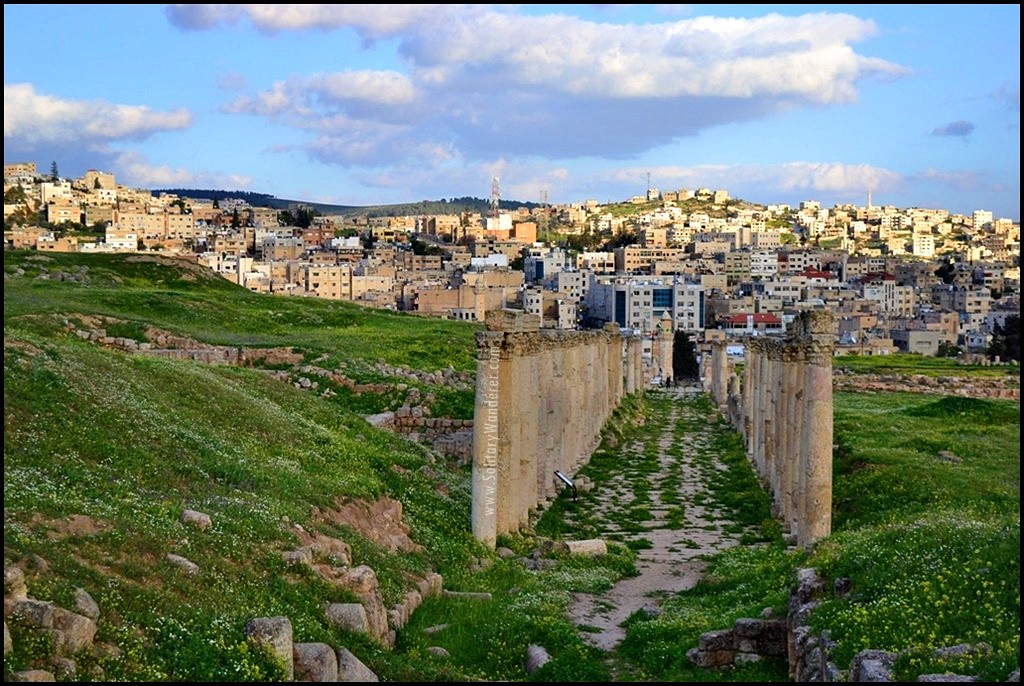
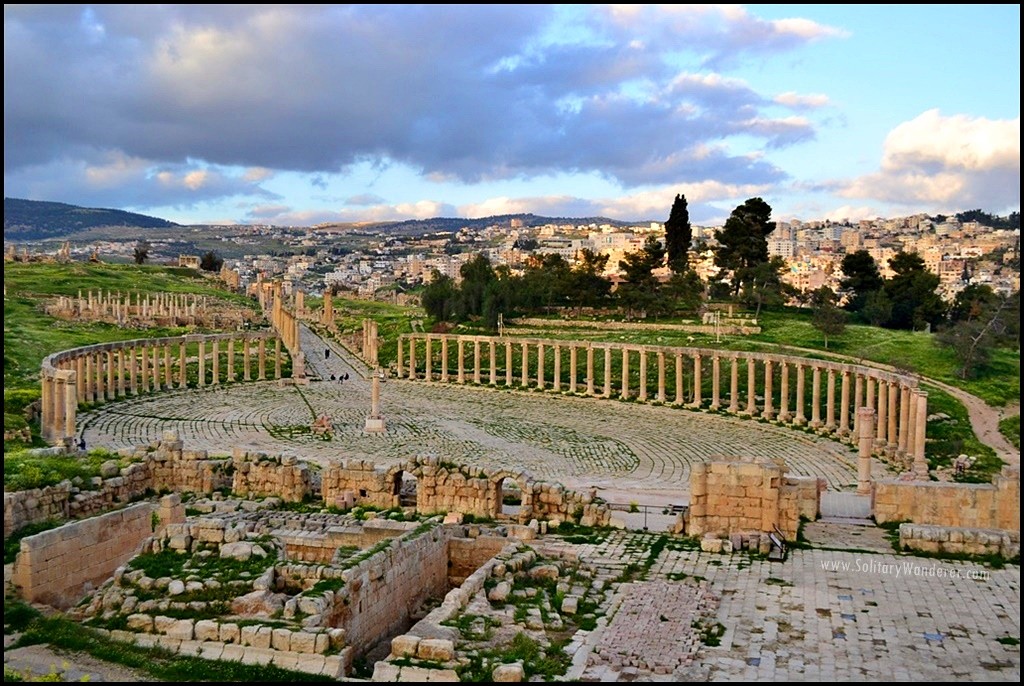
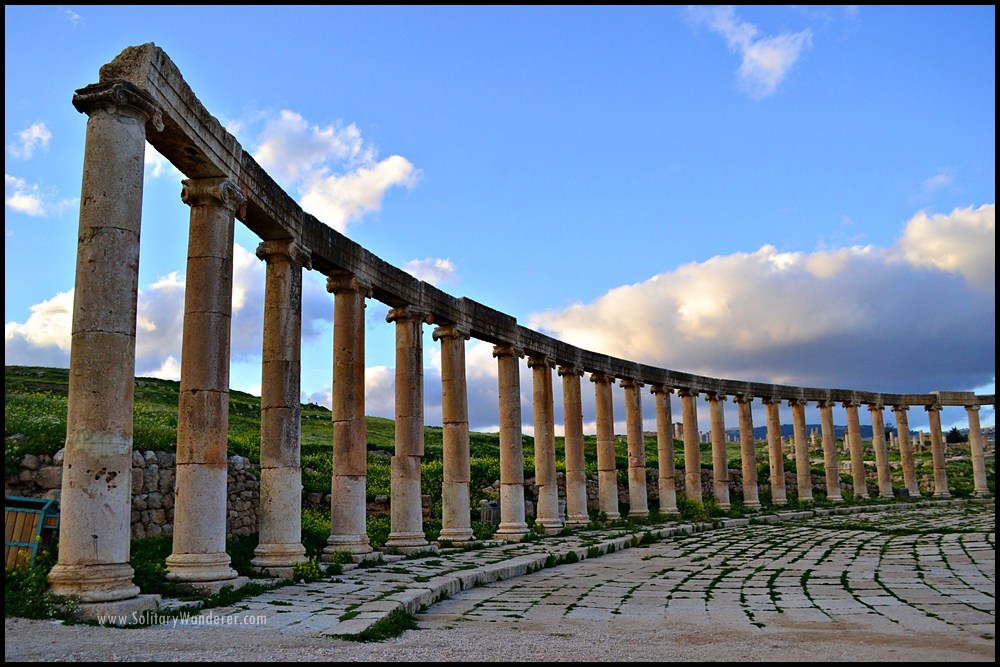
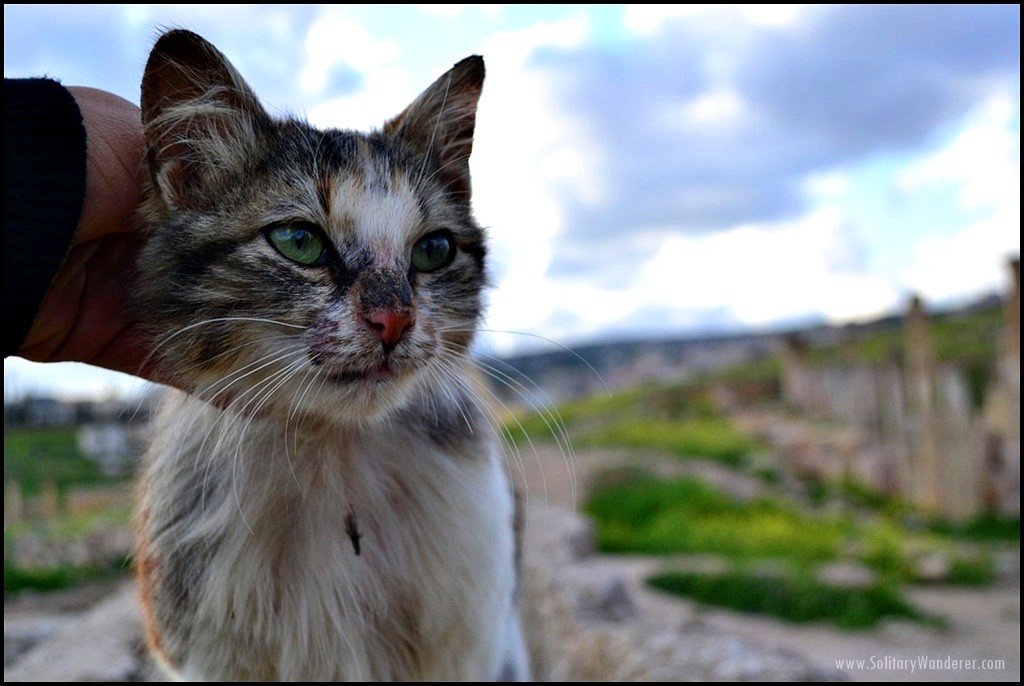

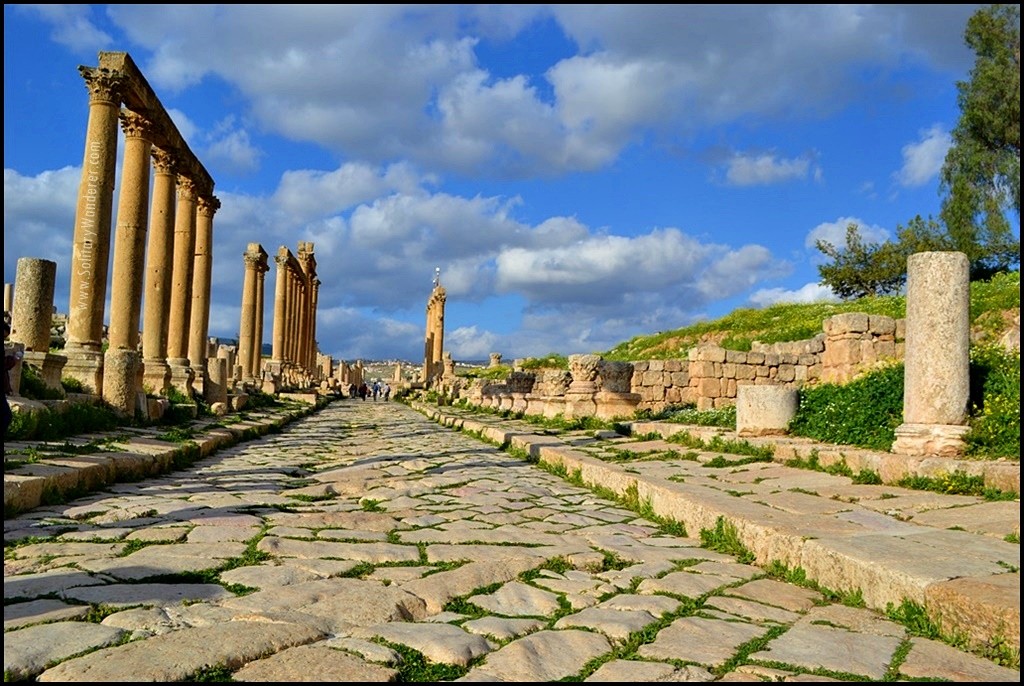
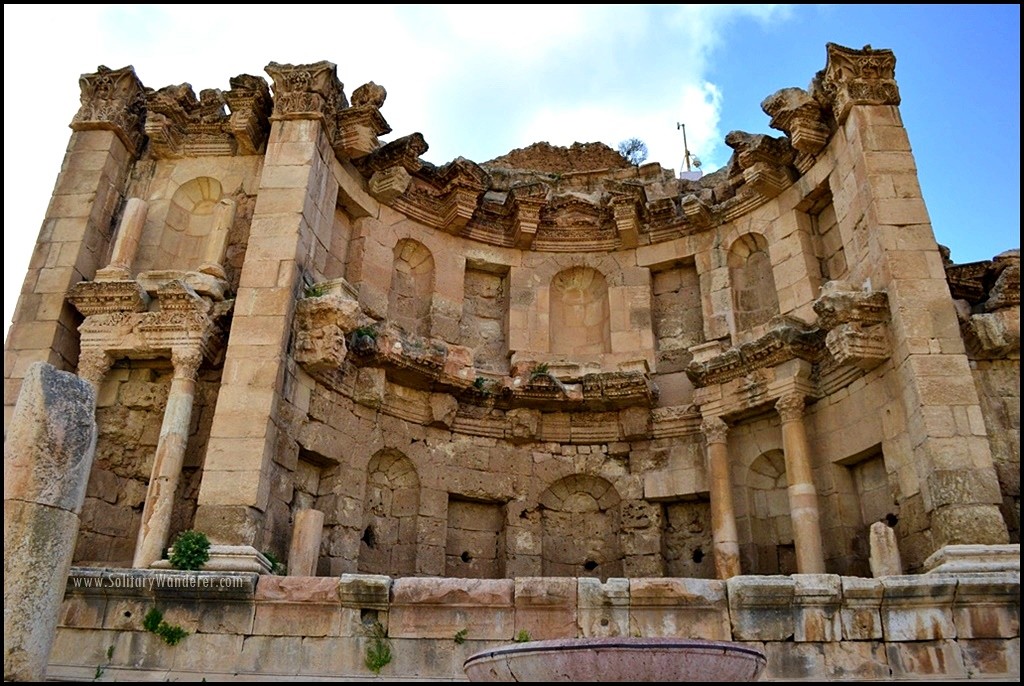

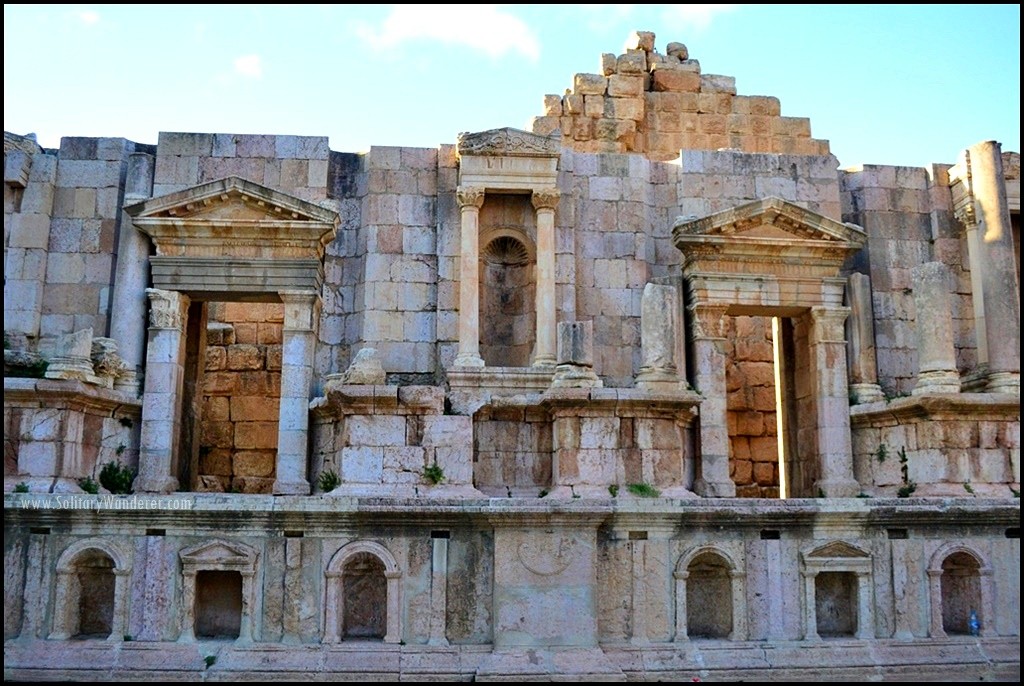
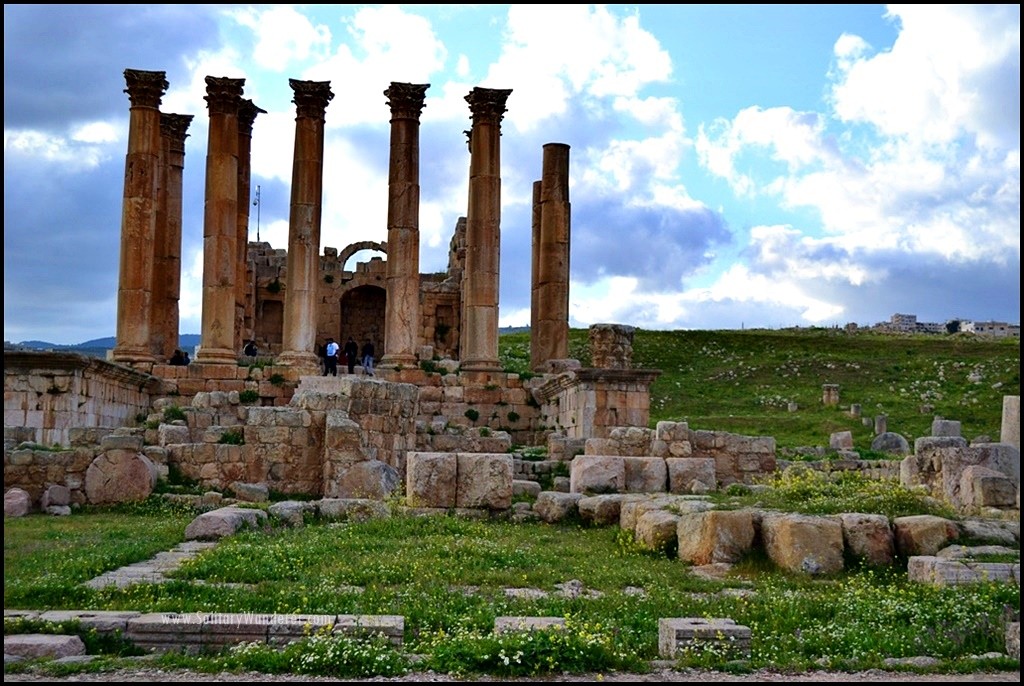
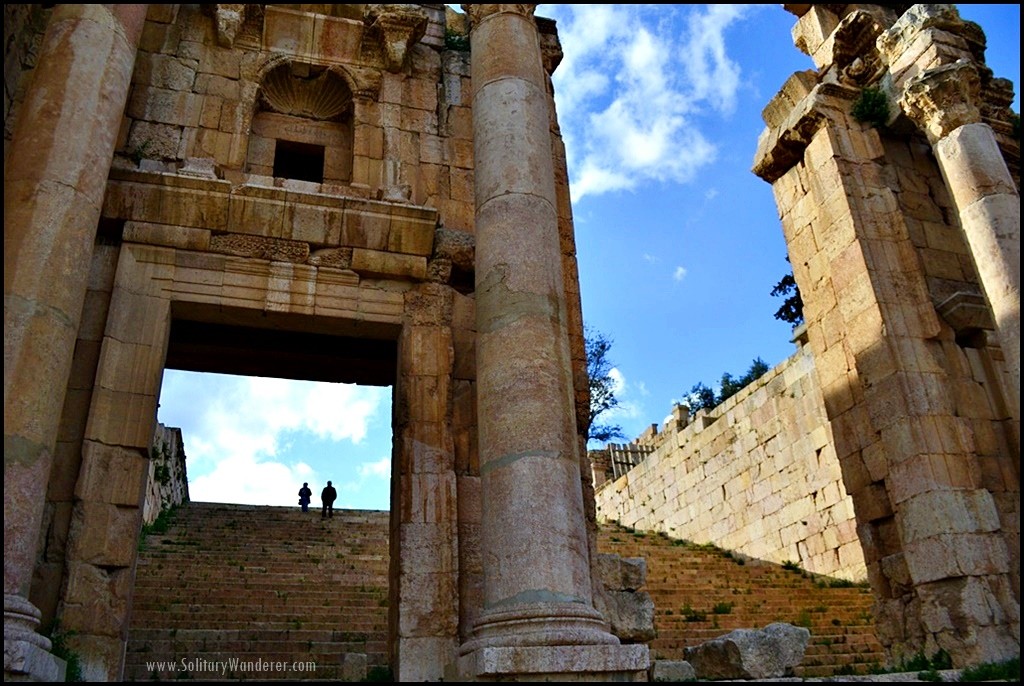


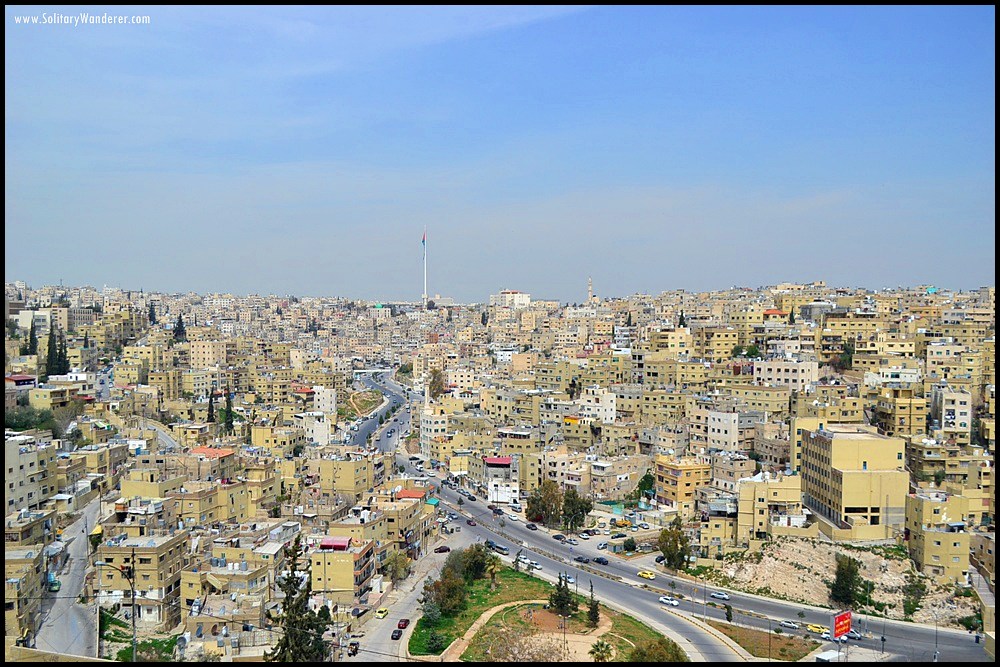

12 Comments. Leave new
With the History of Roman Empire conquering till India, it is expected of them to leave some history. These ruins are wonderful they show you how prosperous the Romans were during their time period. More power to you.
That`s such a coincidence! When I was flying to Jordan in March I sat next to someone who said she`d been invited by the Jordan tourism board. She also said she would not have time to visit all the way north : ( did you manage to make it there?
Aww, no. We only covered the “essential” Jordan: Amman, Jerash, Petra, Wadi Rum, Bethany, the Dead Sea. Still so many places to explore!
This is certainly mind-blowing. It’s very easy to imagine what everyday life was like back then. Thank you for sharing this archaeological treasure with us!
As I live in a town with archaeology I like archaeological treasures! Everyday life should be more majestic then.
The post certainly makes me want to visit Jerash! Your photos are truly impressive and as you say it is mind blowing that something that was built thousands of years ago is still there.
I never heard about it, actually I don’t know much of Jordan apart from Petra, but Jerash does remind me of Rome, without the modern buildings around 🙂
Thanks for sharing!
And Rome is also nice with its “modern buildings”. Have you seen my video with Rome? I have published it in Italian. Maybe I will publish it also in English on WordPress and on Blogspot. I have also pics with Rome, still to publish in English. And I agree with you. Impressive pics from Jerash.
The Hadrian’s Arch is majestic. These ruins remind me so much of Turkey (Ephesus). I almost forgot you have not completed the narrative on Jordan. I look forward to more.
I have two (or more) posts to write. Wish I can write faster haha
I agree. Majestic Hadrian’s Arch. I was never there and in Ephesus. But I live in a town with much Greek archaeology. And I live near a Roman villa here in Italy, in Sicily.